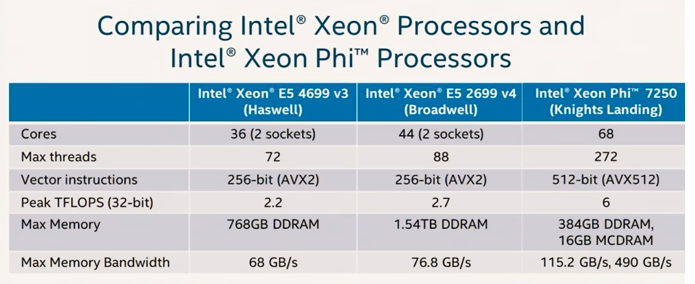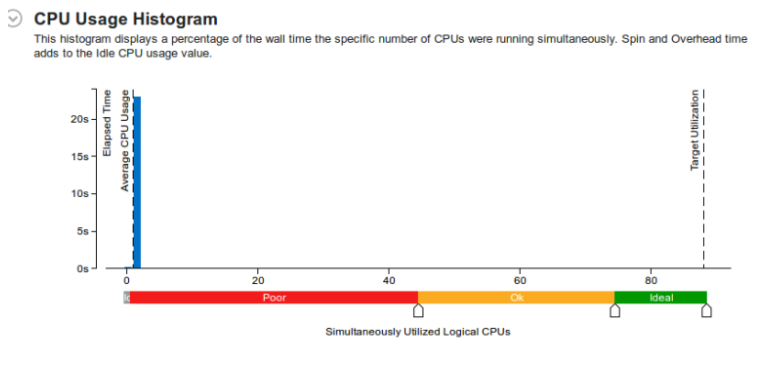The demand for performant and scalable AI solutions has stimulated a convergence of science, algorithm development, and affordable technologies to create a software ecosystem designed to support the data scientist. A special insideHPC report explores how HPC and the data driven AI communities are converging as they are arguably running the same types of data and compute intensive workloads on HPC hardware, be it on a leadership class supercomputer, small institutional cluster, or in the cloud.
New Cray Artificial Intelligence Initiatives to Advance Deep Learning for Science and Enterprise
Cray Inc. (Nasdaq:CRAY) announced a comprehensive set of Artificial Intelligence (AI) products and programs that will empower customers to learn, start, and scale their deep learning initiatives. As AI and deep learning continue to transform entire industries and scientific disciplines, Cray is leveraging its supercomputing expertise, technologies, and best practices to advance the adoption of deep learning.
Intel’s New Processors: A Machine-learning Perspective
Machine learning and its younger sibling deep learning are continuing their acceleration in terms of increasing the value of enterprise data assets across a variety of problem domains. A recent talk by Dr. Amitai Armon, Chief Data-Scientist of Intel’s Advanced Analytics department, at the O’reilly Artificial Intelligence conference, New-York, September 27 2016, focused on the usage of Intel’s new server processors for various machine learning tasks as well as considerations in choosing and matching processors for specific machine learning tasks.
Building Fast Data Compression Code for Cloud and Edge Applications
Finding efficient ways to compress and decompress data is more important than ever. Compressed data takes up less space and requires less time and network bandwidth to transfer. In this article, we’ll discuss the data compression functions and the latest improvements in the Intel® Integrated Performance Primitives (Intel® IPP) library.
Solutions for Autonomous Driving – From Car to Cloud
From car to cloud―and the connectivity in between―there is a need for automated driving solutions that include high-performance platforms, software development tools, and robust technologies for the data center. With Intel GO automotive driving solutions, Intel brings its deep expertise in computing, connectivity, and the cloud to the automotive industry.
Intel® Parallel Studio XE Helps Developers Take their HPC, Enterprise, and Cloud Applications to the Max
Intel® Parallel Studio XE is a comprehensive suite of development tools that make it fast and easy to build modern code that gets every last ounce of performance out of the newest Intel® processors. This tool-packed suite simplifies creating code with the latest techniques in vectorization, multi- threading, multi-node, and memory optimization.
Julia: A High-Level Language for Supercomputing and Big Data
Julia is a new language for technical computing that is meant to address the problem of language environments not designed to run efficiently on large compute clusters. It reads like Python or Octave, but performs as well as C. It has built-in primitives for multi-threading and distributed computing, allowing applications to scale to millions of cores. In addition to HPC, Julia is also gaining traction in the data science community.
Taking Control of System Storage Performance
The Intel Storage Performance Snapshot Tool gives you a fast, high-level look at system storage performance and helps you understand the potential benefits of moving to faster storage. To demonstrate the power of this tool, let’s consider two snapshots while running a MySQL database workload against the same system but with two storage configurations.
Intel-Based Software: The Perfect Fit for Digital Asset Management
In this special guest feature, Krish Kupathil, founder and CEO of Mobiliya, discusses how almost every industry is in the process of ramping up IoT mechanisms, and one of its biggest applications remains in the field of physical asset management, monitoring and predictive maintenance.
Case Study: More Efficient Numerical Simulation in Astrophysics
Novosibirsk State University is one of the major research and educational centers in Russia and one of the largest universities in Siberia. When researchers at the University were looking to develop and optimize a software tool for numerical simulation of magnetohydrodynamics (MHD) problems with hydrogen ionization —part of an astrophysical objects simulation (AstroPhi) project—they needed to optimize the tool’s performance on Intel® Xeon Phi™ processor-based hardware.












